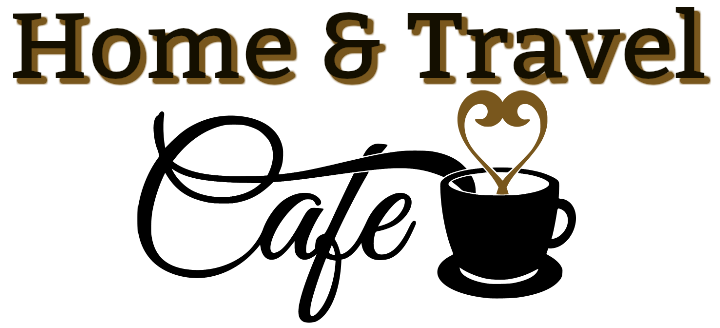What Are The Best Plants For a Natural Hummingbird Habitat
Would you like to establish a natural hummingbird habitat? Here are some great plants to include in your meadow, or garden:1. Bee Balm (Monarda Didyma, Oswego Tea)2. Trumpet Honeysuckle (Lonicera Sempervirens)3. Columbine4. Trumpet Creeper (Canpsis Radicans)5. Spotted Jewelweed (Impatiens Carpensis)Try to incorporate flowers that bloom at different times of the year in your garden, so … Read more
